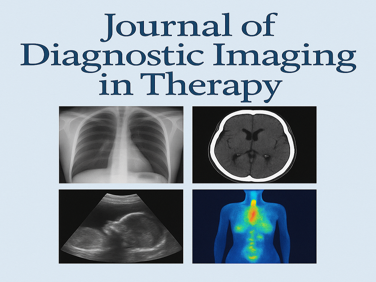The Journal of Diagnostic Imaging in Therapy: A Retrospective Overview
Open Access Journal of Diagnostic Imaging in Therapy provides a platform to the unlimited access to scientific articles.
The Journal of Diagnostic Imaging in Therapy: A Retrospective Overview Read Article »

